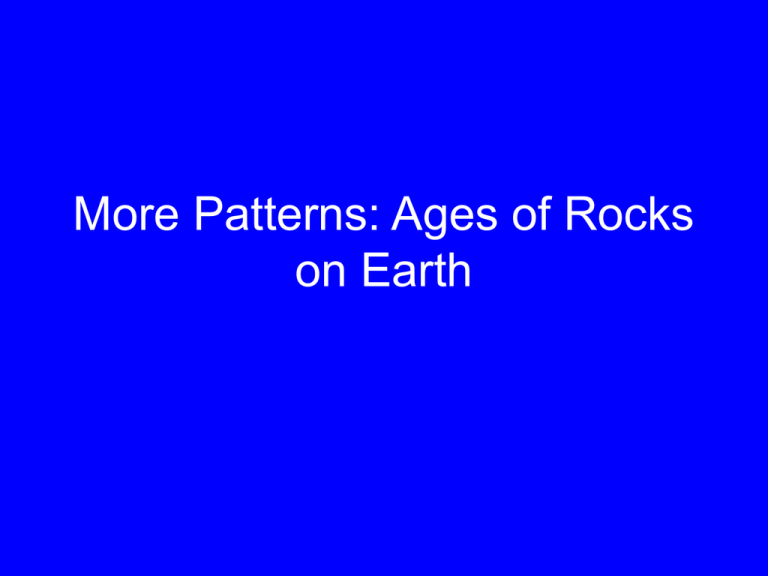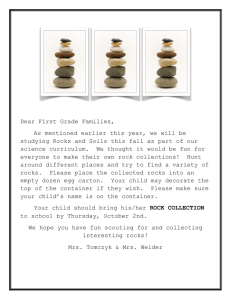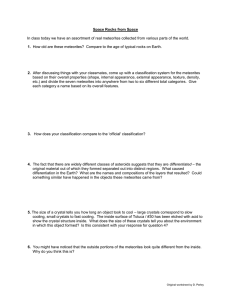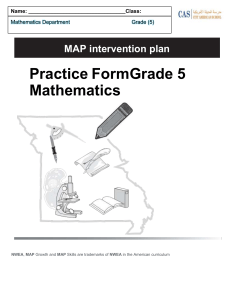More Patterns: Ages of Rocks on Earth
advertisement

More Patterns: Ages of Rocks on Earth How do we know how old rocks are? • This isn’t our goal here. • Most methods for dating rocks use radioactivity – the process of atoms falling apart at a predictable rate. • To learn more, visit the Utah Geological Survey at http://geology.utah.gov/surveynotes/gladas ked/gladage.htm Can we compare age patterns on Earth with other planets? • No. • To tell the age of a rock, it has to go to an Earth lab • So we know ages from the Moon, and from chunks of Mars that ended up as meteorites (about 120) • But we don’t know many ages, and we don’t know where the meteorites came from on Mars. Let’s look for patterns • Find the handout called Age Patterns on the Earth • Find your maps: – Age of Rocks on the Continents – Age of the Ocean Floor http://bc.outcrop.org/images/tectonics/press4e/figure-02-14.jpg What do the different colors on this map mean? http://www.lithosphere.info/TC1-2006/TC1_Fig2-ages-062006.jpg What do the different colors on this map mean? Time to think about the patterns • Talk to your partner about the questions in the graphic organizer. Fill in the chart. Share what you figured out with another partner • In a minute you will find your Venus partner. • You will do a Structured Think Pair Share with that partner. • Make this chart in your journal: Think Share Pair Structured Think Pair Share • First you will write what you think about the question in the Think box. • Then you and your partner will each describe your ideas. Write your partner’s ideas in the Pair box. • Finally you and your partner will decide on a common answer to the question. Write that in the Share box. Question: • How are the age patterns on the continents different from the age patterns on the ocean floors? Time to share • Let’s make a class share sheet about age patterns on the Earth. One more Notice & Wonder • Pull out your journal • Make a N&W chart: I noticed… I wonder…






